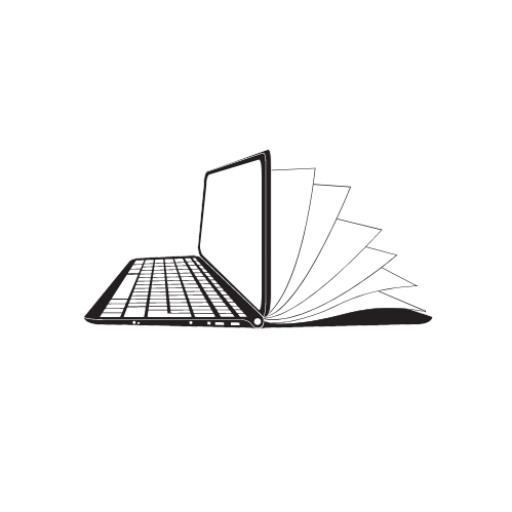How to Boost Your Productivity: Practical Strategies for Success
In today’s fast-paced world, productivity is more important than ever. Whether you’re a student, entrepreneur, or professional, optimizing your time and output can lead to greater success and personal satisfaction. But increasing productivity doesn’t just mean working harder; it’s about working smarter. In this article, we’ll explore effective strategies to help you boost your productivity and make the most of your day.
1. Set Clear Goals
One of the primary reasons people struggle with productivity is a lack of clear direction. By setting specific, achievable goals, you give yourself a roadmap to follow. Instead of vague aspirations like “be more productive,” aim for concrete outcomes such as “complete three major tasks today.” Breaking larger goals into smaller, actionable steps provides clarity and focus.
Tip: Use the SMART framework to set your goals—Specific, Measurable, Achievable, Relevant, and Time-bound.
2. Prioritize Tasks with the Eisenhower Matrix
Not all tasks are created equal. The Eisenhower Matrix is a simple but effective tool for determining which tasks deserve your immediate attention. It categorizes tasks into four quadrants:
Urgent and important (do these immediately),
Important but not urgent (schedule for later),
Urgent but not important (delegate if possible),
Neither urgent nor important (consider eliminating).
By prioritizing tasks using this matrix, you’ll spend more time on activities that move you closer to your goals and less on distractions.
3. Embrace Time-Blocking
Time-blocking involves scheduling specific blocks of time for different tasks or activities. This method prevents multitasking and helps maintain focus, as you’re only dedicating your energy to one task at a time. For example, you might reserve 9 AM to 10:30 AM for deep work and 11 AM to 12 PM for meetings.
Studies show that people who batch similar tasks together experience higher productivity. This is because jumping between unrelated activities leads to cognitive fatigue, making it harder to maintain focus.
Tip: Use online tools like Google Calendar or project management apps like Trello to organize your blocks efficiently.
4. Master the Art of the Pomodoro Technique
The Pomodoro Technique, developed by Francesco Cirillo, is a popular time management method designed to improve concentration. Here’s how it works:
Work for 25 minutes (one Pomodoro),
Take a 5-minute break,
After four Pomodoros, take a longer 15–30-minute break.
This cyclical process encourages short, focused bursts of work followed by regular breaks, which helps prevent burnout while maintaining sustained productivity.
5. Limit Distractions
One of the biggest productivity killers is distractions—whether it’s social media, email notifications, or background noise. Create a workspace that minimizes these interruptions. Use apps like Focus@Will for concentration-boosting background music, or website blockers such as Freedom to avoid digital distractions.
Tip: Silence your phone or keep it out of reach during work sessions. Checking your phone frequently, even for a few seconds, breaks your flow and requires extra time to regain focus.
6. Practice the Two-Minute Rule
A simple yet powerful strategy is the two-minute rule: if a task will take two minutes or less, do it immediately. Whether it’s answering a quick email or organizing a document, small tasks tend to pile up and can become overwhelming if left unchecked. Tackling them as they arise prevents mental clutter and helps maintain momentum.
7. Leverage the Power of Delegation
Delegating isn’t just about offloading tasks—it’s a way to enhance overall productivity by focusing on your strengths. If certain tasks are outside your expertise or can be done more efficiently by someone else, consider outsourcing them. This frees up your time for high-value activities that directly contribute to your goals.
Tip: For business owners, hiring virtual assistants or freelancers can be a cost-effective way to offload administrative tasks, giving you more time to focus on strategy and growth.
8. Optimize Your Environment
Your workspace significantly impacts your productivity. Ensure your physical space is conducive to focus:
Declutter: A cluttered workspace can lead to a cluttered mind.
Ergonomics: Invest in a comfortable chair and proper desk setup to avoid physical discomfort that may distract you from work.
Lighting: Good lighting, particularly natural light, improves mood and energy levels.
9. Stay Physically Active
Exercise is not only good for your body but also for your mind. Regular physical activity increases blood flow to the brain, boosting cognitive function and energy levels. Incorporate short exercise sessions into your daily routine, whether it’s a quick walk, stretching, or a full workout.
Studies show that even brief physical activity can enhance concentration and creativity, leading to better productivity throughout the day.
10. Reflect and Review
At the end of each day or week, take time to reflect on what you’ve accomplished and review your progress. This practice allows you to assess whether you’re moving in the right direction or if adjustments are needed. Celebrating small wins also boosts motivation and encourages continuous progress.
Tip: Journaling or using a task management app can help track completed tasks and highlight areas for improvement.
Conclusion
Boosting productivity isn’t about working more; it’s about working efficiently. By implementing these strategies—setting clear goals, prioritizing tasks, managing your time wisely, and minimizing distractions—you can optimize your work habits and achieve more with less stress. Remember, productivity is a skill that can be refined over time, so be patient and consistent as you develop new habits.
Whether you’re striving for personal or professional success,
boosting your productivity will help you reach your goals faster and with greater ease.
